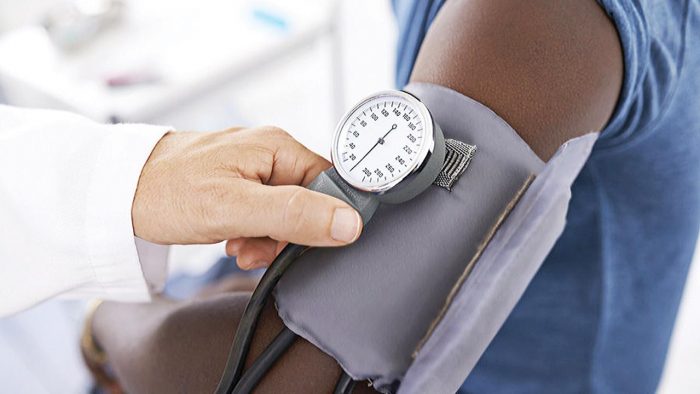Two distinct sleep stages appear to play vital, complementary roles in learning: one stage enhances overall performance, while the other stabilizes what we learned the previous day.
Scientists have long known that a good night’s sleep works wonders for our ability to learn new skills.
What has been less clear is the role of different sleep stages. In particular, there has been controversy over the relative contributions of rapid eye movement (REM) sleep, which is when most dreaming occurs, and non-REM sleep, which is mostly dreamless.
Now, a study by psychologists of the Department of Cognitive, Linguistic, and Psychological Sciences at Brown University in Providence, RI, provides important clues that could help resolve the debate.
Their experiment — which focuses on visual learning — suggests that rather than one stage being more important than the other for learning new skills, both play essential and complementary neurochemical processing roles.
They found that while non-REM sleep enhances our performance of newly acquired skills by restoring flexibility, REM sleep stabilizes those improvements, and prevents them from being overwritten by subsequent learning.
“I hope this helps people realize that both non-REM sleep and REM sleep are important for learning,” says corresponding author Yuka Sasaki, a professor of Cognitive, Linguistic, and Psychological Sciences at Brown.
Most REM sleep occurs in the final hours of sleep, so the finding reinforces the importance of not cutting short these later stages.
“When people sleep at night, there are many sleep cycles. REM sleep appears at least three, four, five times, and especially in the later part of the night. We want to have lots of REM sleep to help us remember more robustly, so we shouldn’t shorten our sleep.” – Prof. Yuka Sasaki
The research is published in the journal Nature Neuroscience.
Twin benefits
Psychologists have previously identified two distinct benefits of sleep for learning.
The first benefit, which they call “offline performance gains,” means the learning acquired before sleep is enhanced after sleep, without any additional training.
The second benefit, called “resilience to interference,” protects the skills learned before sleep from being disrupted or overwritten by subsequent learning after awaking.
To reap both benefits, there is a trade-off between flexibility and stability.
Learning during the day involves forming new synapses, which are the electrical connections between nerve cells, and the strengthening of existing synapses through repeated use.
While we sleep, the brain appears to streamline its operations to work more efficiently. According to a leading hypothesis, it does this by reactivating synapses that have been strengthened during the day, and then indiscriminately ‘downscales’ or weakens them all.
This restores flexibility, or plasticity, to the brain’s local connections and wider networks, to improve overall performance.
At the same time, during sleep, the brain must also stabilize key synapses to prevent what was learned the previous day from being eliminated by new learning experiences.
Visual learning task
To investigate when each of these processes occurs during sleep, the scientists gave volunteers a standard visual learning task. This involved identifying letters and the orientation of lines that pop up on a screen in two different tasks: one before sleep and one after sleep.
The letters and lines were displayed against a fixed background of horizontal lines for one group of volunteers, and vertical lines for another group.
Participants were then allowed to sleep for 90 minutes with their heads inside an MRI scanner.
After awakening, they were given 30 minutes to fully wake up before performing the same task, but with the opposite orientation of background lines.
Previous research has shown that switching the orientation of background lines interferes with performance gains on this learning task.
A third group of volunteers was not given any learning task before or after sleep.
The researchers used electrodes glued to subjects’ eyelids and scalps to detect when they entered different sleep stages.
They also used a technique called magnetic resonance spectroscopy to measure the relative concentrations of two neurotransmitters — glutamate and gamma aminobutyric acid (GABA) — in the parts of their brains that process visual information.
Glutamate transmits excitatory signals in the brain, whereas GABA transmits inhibitory signals. Neuroscientists believe that when glutamate concentrations are high relative to GABA, it reflects an increase in neural plasticity, whereas the opposite indicates an increase in stabilization.
Plasticity boost
When the scientists analyzed their results, they found that plasticity increased during non-REM sleep, which correlated with improved task performance after sleep.
Interestingly, plasticity increased during non-REM sleep even for the volunteers without any tasks to learn, which suggests there was an overall streamlining process going on in the brain.
Later in the sleep session, the plasticity of those in the learning task fell to below waking levels during REM sleep. This fall correlated with stabilization of the previous day’s learning: it appeared to prevent any performance gains from being lost.
In other words, the REM stage may make learning before sleep more resilient to interference from subsequent learning.
Unlike non-REM sleep, the sharp fall in plasticity during REM sleep was only seen among the volunteers with a task to learn.
This suggests that the stabilization that occurred during REM sleep was focused exclusively on synapses involved in learning this task.
Among participants who did not manage to get any REM sleep during their 90 minutes in the scanner, improvements in performance from their nap failed to materialize.
Overall, the results suggest both sleep stages are essential for learning new things. While our brains are “offline,” non-REM sleep improves performance on freshly learned tasks, but without REM sleep to stabilize the memories, these gains will be lost.
Universal principles?
The study focuses on a particular part of the brain and involved only one kind of learning task. Sasaki and her team hope to investigate whether the same principles apply to learning in general.
In addition, they want to explore the role of sleep when rewards are provided to motivate learning.
“Previously, we showed that rewards enhance visual learning through sleep, so we would like to understand how that works,” she says. “It is ambitious, but maybe we could expand this research to other types of learning so we could better remember and develop better motor learning, visual skills, and creativity.”










